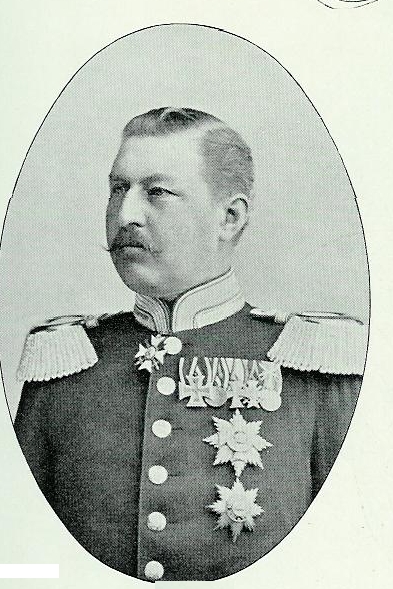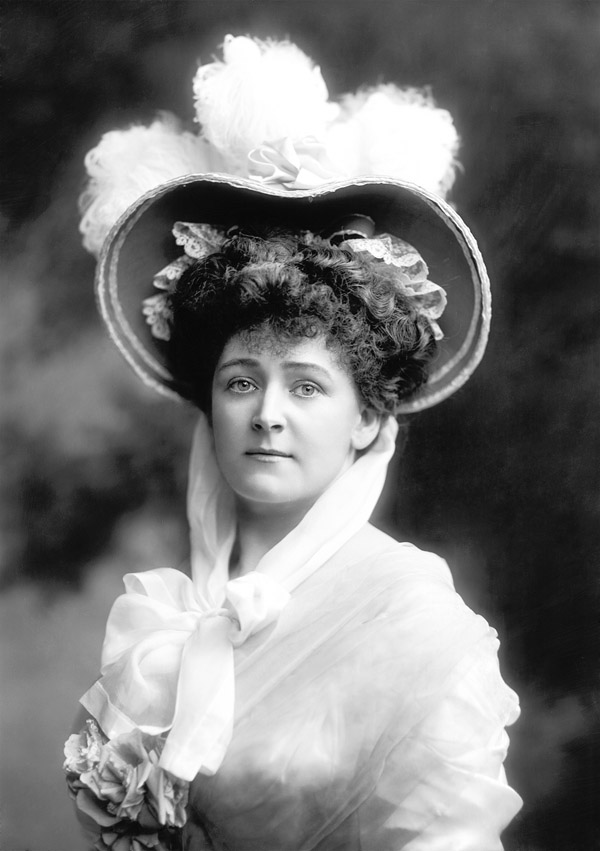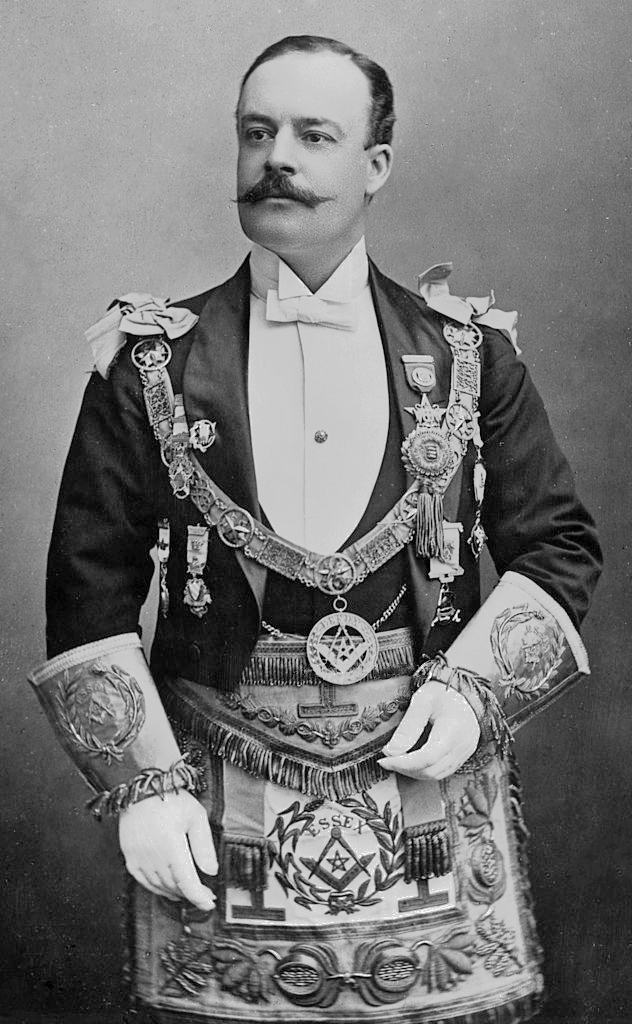by Susan Flantzer
© Unofficial Royalty 2020
Principality of Schwarzburg-Sondershausen: The County of Schwarzburg was a state of the Holy Roman Empire from 1195 to 1595, when it was partitioned into Schwarzburg-Rudolstadt and Schwarzburg-Sondershausen. The new counties remained in the Holy Roman Empire until its dissolution. In 1697, the County of Schwarzburg-Sondershausen was elevated to the Principality of Schwarzburg-Sondershausen. The County of Schwarzburg-Rudolstadt was elevated to the Principality of Schwarzburg-Rudolstadt in 1710.
The death of Karl Günther, Prince of Schwarzburg-Sondershausen without an heir in 1909 caused the Principalities of Schwarzburg-Rudolstadt and Schwarzburg-Sondershausen to be united under Günther Victor, Prince of Schwarzburg-Rudolstadt in a personal union. Following his succession in Sondershausen, Prince Günther Victor dropped the name Rudolstadt from his title and assumed the title Prince of Schwarzburg.
At the end of World War I, Prince Günther Victor was the last German prince to renounce his throne, abdicating on November 22, 1918. He made an agreement with the government that awarded him an annual pension and the right to use several of the family residences. The territory that encompassed the Principalities of Schwarzburg-Rudolstadt and Schwarzburg-Sondershausen is now located in the German state of Thuringia.
*********************

Credit – Wikipedia
Günther Victor was the last sovereign Prince of both Schwarzburg-Rudolstadt and Schwarzburg-Sondershausen and was styled Prince of Schwarzburg. He was born on August 21, 1852, in Rudolstadt, then in the Principality of Schwarzburg-Rudolstadt, now in the German state of Thuringia, the only son and the second of the four children of Prince Adolf of Schwarzburg-Rudolstadt and Princess Mathilde of Schönburg-Waldenburg. Prince Adolf was the grandson of two reigning Princes of Schwarzburg-Rudolstadt: Friedrich Karl and Johann Friedrich. Princess Mathilde was the granddaughter of Ludwig Friedrich II, reigning Prince of Schwarzburg-Rudolstadt. Therefore, Günther Victor was the great-grandson of three reigning Princes of Schwarzburg-Rudolstadt. Georg Albrecht, Prince of Schwarzburg-Rudolstadt, who reigned from 1869 – 1890, was unmarried and had no surviving brothers. Therefore, his first cousin and Georg Victor’s father Prince Adolf of Schwarzburg-Rudolstadt was his heir presumptive. When Prince Adolf died in 1875, Georg Victor became the heir presumptive to the throne of Schwarzburg-Rudolstadt.
Günther Victor had three sisters:
- Marie Karoline Auguste of Schwarzburg-Rudolstadt (1850 – 1922), married Friedrich Franz II, Grand Duke of Mecklenburg-Schwerin, had four children
- Thekla of Schwarzburg-Rudolstadt (1859 – 1939), unmarried
- Luise of Schwarzburg-Rudolstadt (1862 – 1865) died in childhood
Günther Victor received his early education from private tutors and then attended the Vitzthumsche Gymnasium (link in German) in Dresden, Kingdom of Saxony, now in the German state of Saxony. From 1868 – 1870, he was prepared for a military career and made study trips to Belgium, France, and England.
The Franco-Prussian War in 1870 caused Günther Victor to end his education. He served as a second lieutenant in the Dragoon Regiment of the Mecklenburg troops under his brother-in-law Friedrich Franz II, Grand Duke of Mecklenburg-Schwerin. Günther Victor took part in the Siege of Toul, Siege of Metz, Siege of Paris, as well as the Battle of Orléans and the Battle of Le Mans. For his service, Günther Victor was awarded the Iron Cross 2nd class and the Schwarzburg Cross of Honor 2nd class.
In 1871, Günther Victor was released from military service and he studied law, political science, and art history at the University of Leipzig. He returned to active military duty in 1874. Georg Albrecht, Prince of Schwarzburg-Rudolstadt died on January 19, 1890, and Günther Victor succeeded his unmarried, childless first cousin once removed.

Anna Luise of Schönburg-Waldenburg; Credit – Wikipedia
In November 1890, Günther Victor was betrothed to Luise Charlotte of Saxe-Altenburg but the couple did not get along and the engagement was broken in 1891. On December 9, 1891, in Rudolstadt, Günther Victor married his first cousin Anna Luise of Schönburg-Waldenburg, the daughter of Prince Georg of Schönburg-Waldenburg and Princess Luise of Bentheim-Tecklenburg. A stillbirth with complications in 1892 left Anna Luise unable to have children.
When Prince Leopold of Schwarzburg-Sondershausen died in 1906, Günther Victor became heir presumptive to the other Schwarzburg principality. He succeeded as Prince of Schwarzburg-Sondershausen in 1909, upon the death of Karl Günther, Prince of Schwarzburg-Sondershausen. The two Schwarzburg principalities were united under Günther Victor in a personal union and he was then styled Prince of Schwarzburg. After the union of the two principalities, Günther Victor and Anna Luise had a total of six different residences and they regularly changed their residence about every two months.

Prince Sizzo; Credit – Wikipedia
In order to ensure the continued existence of the House of Schwarzburg due to Günther Victor’s lack of children, Prince Sizzo of Leutenberg was appointed as his successor by law on June 1, 1896, and was recognized as a member of the House of Schwarzburg. Prince Sizzo was the only son of Friedrich Günther, reigning Prince of Schwarzburg-Rudolstadt from a morganatic marriage. Sizzo and his twin sister were created Prince and Princess of Leutenberg shortly after their birth but Sizzo did not have succession rights due to his parents’ morganatic marriage.
After he was recognized as a member of the House of Schwarzburg, Sizzo was able to use the title of Prince of Schwarzburg. Following the agreement, Sizzo became the heir presumptive of the Principality of Schwarzburg-Rudolstadt, ahead of the Schwarzburg -Sondershausen princes, and third in line to the Principality of Schwarzburg-Sondershausen. Following the death of Prince Karl Günther of Schwarzburg-Sondershausen in 1909, Prince Sizzo became the heir presumptive to the two principalities. However, over time, the relationship between the cousins Sizzo and Günther Victor deteriorated. Sizzo felt deprived for no valid reason. After a dispute, Günther Victor refused to allow Sizzo to stay in the castles in Rudolstadt and Schwarzburg. In 1918, their relationship had so deteriorated that they only came to an understanding through lawyers.
After the defeat of the German Empire in World War I, the November Revolution of 1918 led to the end of all the German monarchies. On November 23, 1918, Günther Victor abdicated the throne of Schwarzburg-Rudolstadt and on November 25, 1918, he abdicated in Schwarzburg-Sondershausen. He was the last German monarch to renounce the throne. Günther Victor made an agreement with the new government that awarded him an annual pension and the right to use several of the family residences.
Due to Günther Victor’s circulatory and heart problems, Anna Luise had to adjust her daily routine to ensure her husband’s proper care. She often traveled with Günther Victor to cures prescribed by his doctors. Günther Victor, Prince of Schwarzburg died after a long illness on April 21, 1925, aged 72, at Sondershausen Castle in Sondershausen, Thuringia, Germany, and was buried at the Stadtkirche St. Andreas (link in German) in Rudolstadt, Germany. Prince Sizzo succeeded him as Head of the House of Schwarzburg but he died less than a year later. Sizzo’s only son Prince Friedrich Günther succeeded him as the last Head of the House of Schwarzburg and last pretender to the Schwarzburg principalities.
Günther Victor’s wife Anna Luise survived him by 26 years, dying on November 7, 1951, aged 80, also in Sondershausen, but then in East (Communist), Germany, now in the German state of Thuringia, and was buried with her husband at the Stadtkirche St. Andreas.

Stadtkirche St. Andreas; Credit – Wikipedia
This article is the intellectual property of Unofficial Royalty and is NOT TO BE COPIED, EDITED, OR POSTED IN ANY FORM ON ANOTHER WEBSITE under any circumstances. It is permissible to use a link that directs to Unofficial Royalty.
Schwarzburg-Rudolstadt/Schwarzburg-Sondershausen Index Resources at Unofficial Royalty
- Principality of Schwarzburg-Rudolstadt Index
- Principality of Schwarzburg-Sondershausen Index
- Royal Burial Sites of the Principality of Schwarzburg-Rudolstadt
- Royal Burial Sites of the Principality of Schwarzburg-Sondershausen
Works Cited
- De.wikipedia.org. 2020. Anna Luise Von Schwarzburg. [online] Available at: <https://de.wikipedia.org/wiki/Anna_Luise_von_Schwarzburg> [Accessed 3 November 2020].
- De.wikipedia.org. 2020. Günther Victor (Schwarzburg-Rudolstadt). [online] Available at: <https://de.wikipedia.org/wiki/G%C3%BCnther_Victor_(Schwarzburg-Rudolstadt)> [Accessed 3 November 2020].
- En.wikipedia.org. 2020. Günther Victor, Prince Of Schwarzburg. [online] Available at: <https://en.wikipedia.org/wiki/G%C3%BCnther_Victor,_Prince_of_Schwarzburg> [Accessed 3 November 2020].
- En.wikipedia.org. 2020. Sizzo, Prince Of Schwarzburg. [online] Available at: <https://en.wikipedia.org/wiki/Sizzo,_Prince_of_Schwarzburg> [Accessed 3 November 2020].
- Flantzer, Susan, 2020. Royal Burial Sites Of The Principality Of Schwarzburg-Rudolstadt. [online] Unofficial Royalty. Available at: <https://www.unofficialroyalty.com/royal-burial-sites/royal-burial-sites-of-the-principality-of-schwarzburg-rudolstadt/> [Accessed 20 October 2020].









